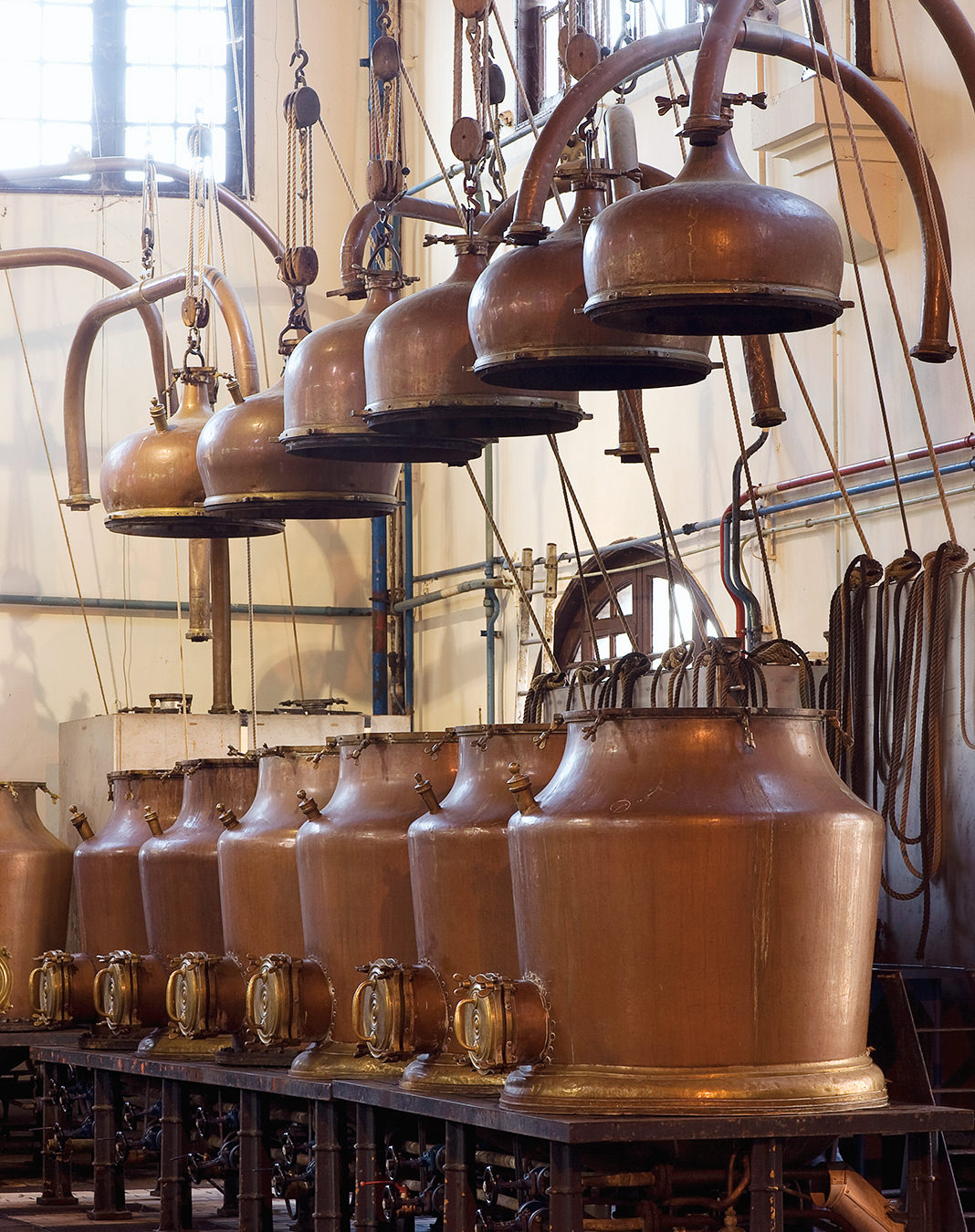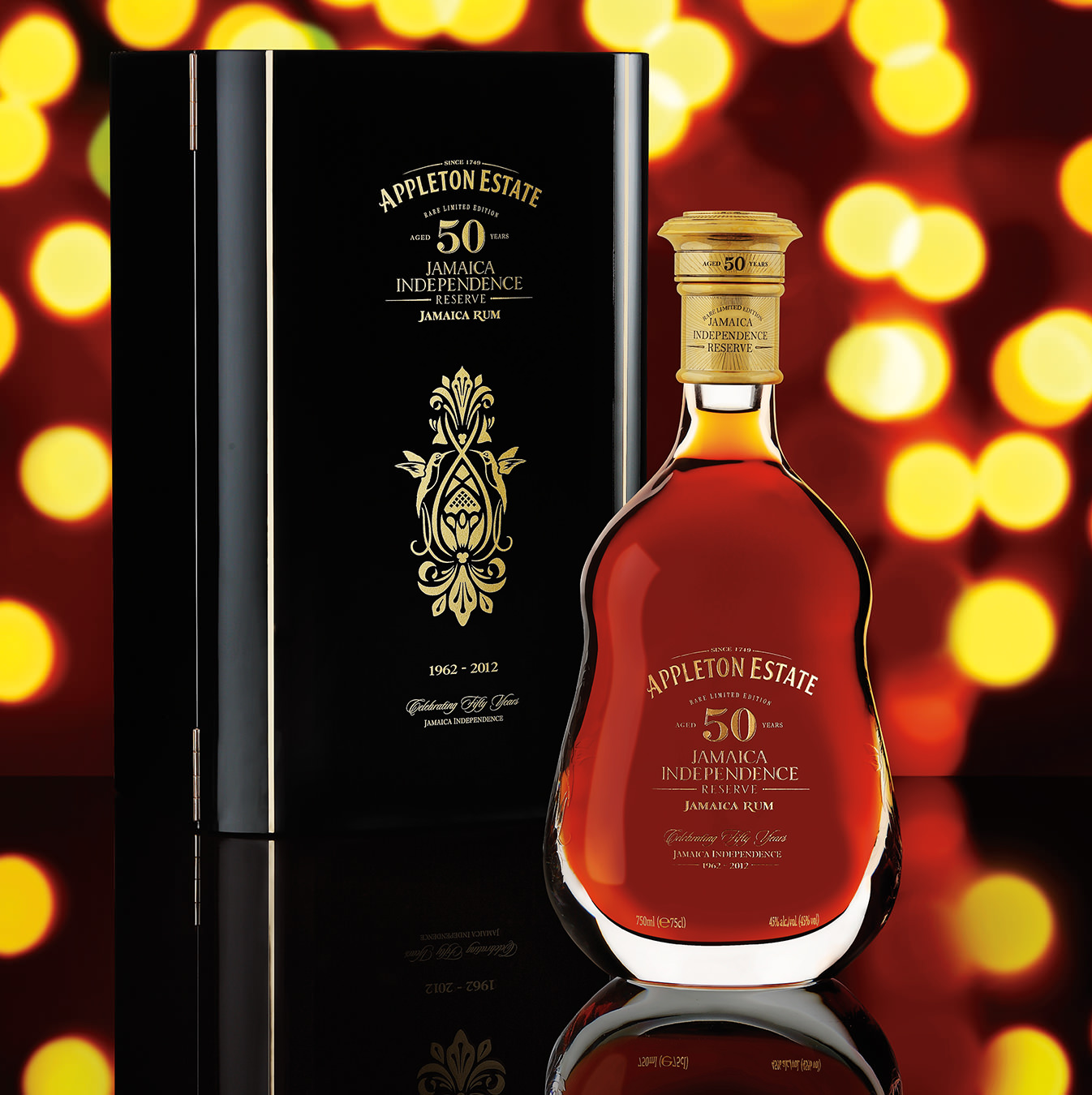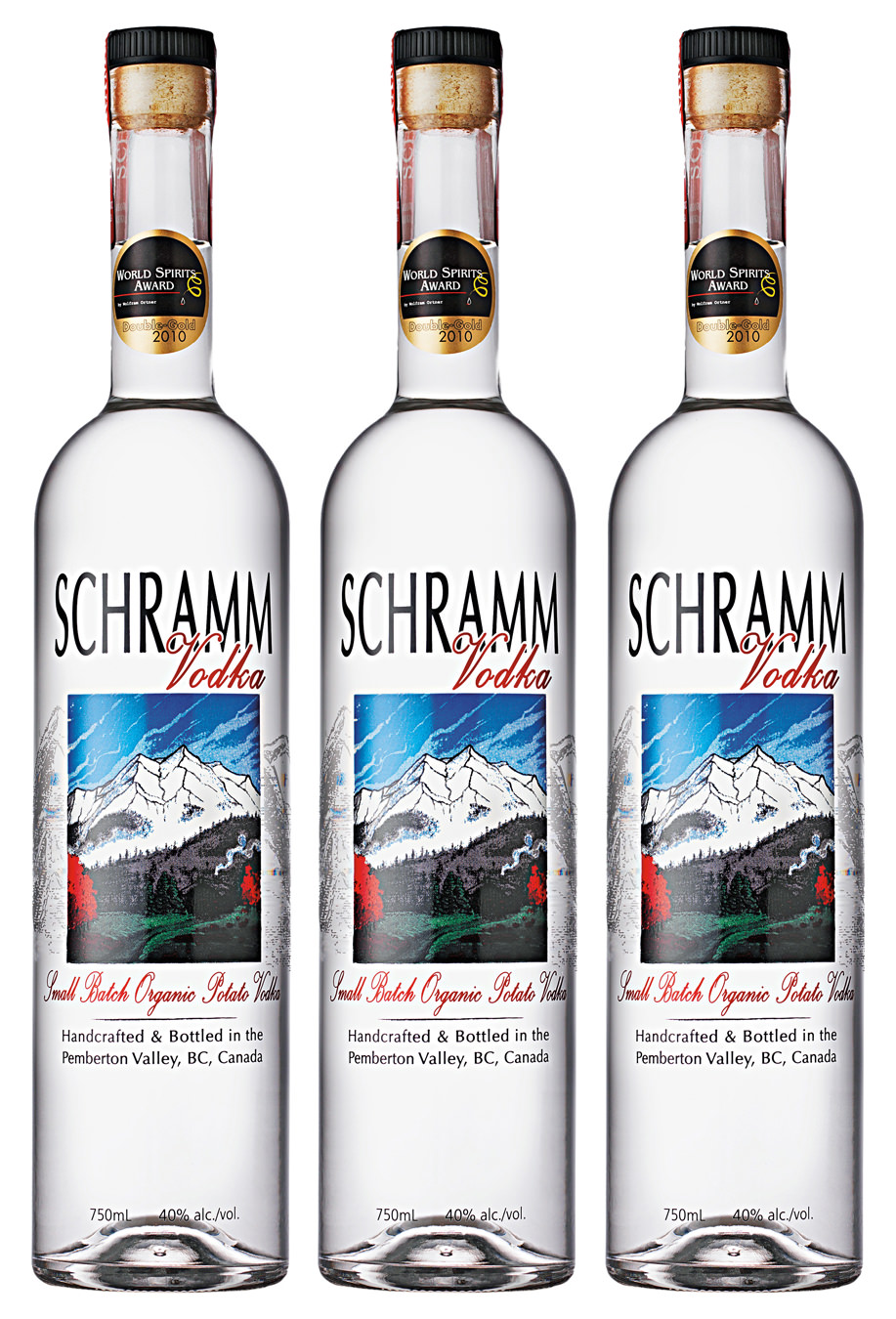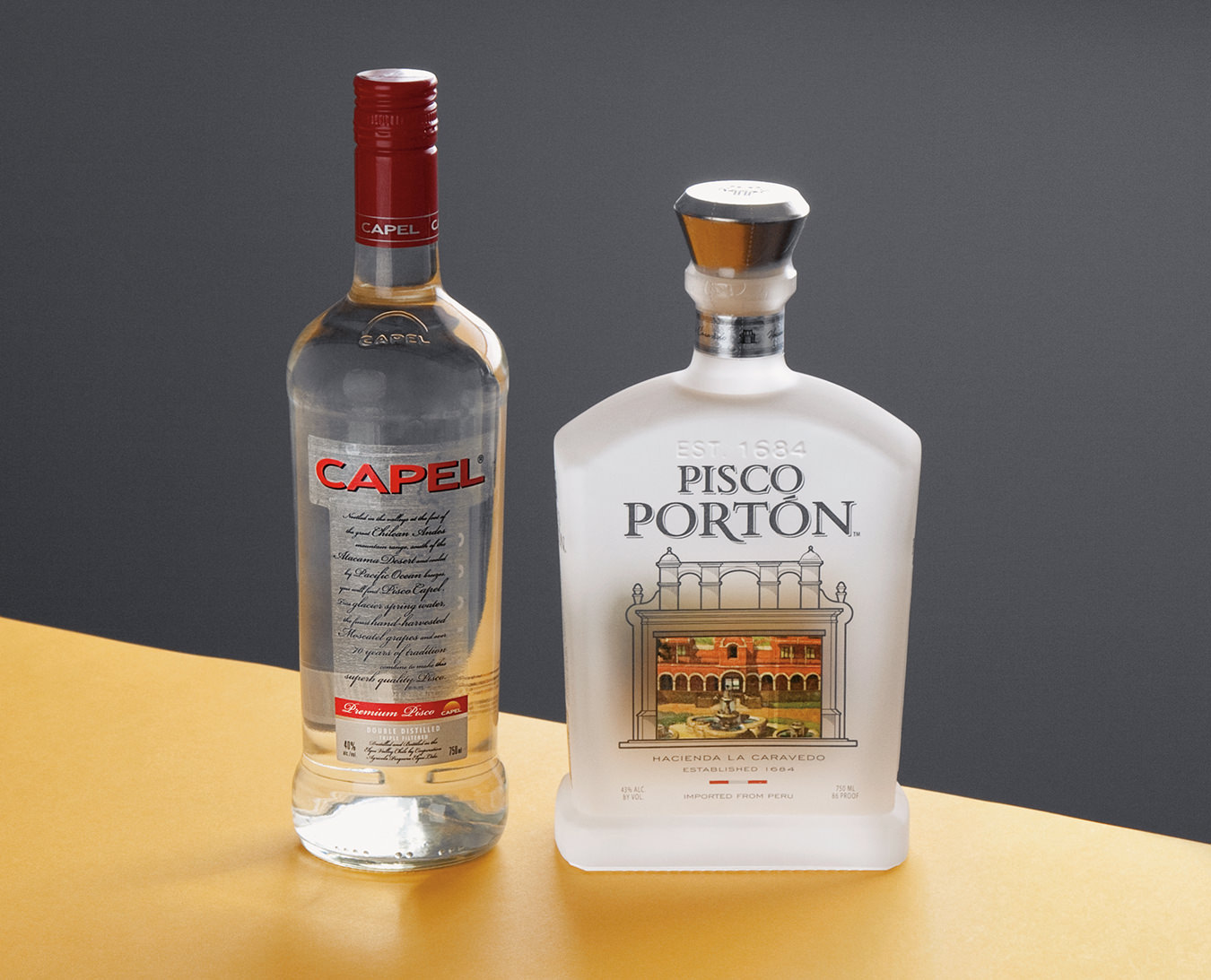Bénédictine: The Monk-made Spirit
A spiritual spirit.

Le Palais Bénédictine is located in the small fishing port of Fécamp in Normandy. Since the late 1800s it has been the working distillery where Bénédictine is produced and some of the pot stills are from the original operation.
Chances are your mother kept a bottle in the pantry for cooking. Guaranteed your favourite bar stocks a bottle, whether you imbibe in a haute lounge or a dusty dive. Your familiarity with it lies in its recognizable label and its constant presence on the back bar. If any brand of spirit has a story to tell and a flavour to celebrate, it’s Bénédictine.
According to legend, Bénédictine was first created by an order of Bénédictine monks in 1510, using a blend of 27 herbs and spices. The distillation of alcohol by religious orders was common in the Middle Ages, and while Bénédictine’s papal-linked past may seem to be the most interesting side of the story, it’s not that different from the histories surrounding other brands like Chartreuse (made in the 1700s by the Carthusian monks) and a whole host of Trappist beers. What makes Bénédictine’s story unique is that the recipe was reportedly lost for close to 300 years.
“The recipe was created by a Venetian monk named Dom Bernardo Vincelli,” says Bénédictine’s brand manager in Canada, Taryn Denman. “He lived in the Abbey of Fécamp in Normandy, and when that abbey was destroyed after the French Revolution, the recipe was thought to be lost forever.”
The next part of the story goes that in 1863, a Fécamp wine merchant by the name of Alexandre Le Grand discovered a collection of manuscripts that had been saved from the destroyed abbey by a relative. Le Grand found the lost recipe, sourced the secret herbs, and recreated the liqueur as faithfully as he could. It was then that the spirit was officially dubbed Bénédictine—to honour the monastic order—and the label was printed with the coat of arms of the Fécamp Abbey and their Latin motto, Deo optimo maximo, which translates to “God, most good, most great.”
Aside from stories of lost recipes spanning three centuries, lore of the Middle Ages, and long-dead monks, the brand still maintains some mystique these days.
“The recipe is still a very closely guarded secret,” explains Denman. “We have herbal experts who work on staff, and only those experts and the master distiller know the full recipe. The label and the shape of the bottle also have not changed since the late 1800s. It’s the original packaging from 1884, and our wax seal is an iconic trademark as well. There has been some discussion over the years as to whether the packaging should be updated, but at this time, we aim to keep it exactly as it’s always been.”
The viscous liqueur has a cognac base and a sweet, lush flavour with balanced hints of herbs and roots. “Bénédictine is a hard thing to describe because it’s the only thing that tastes like it in the world,” says Denman. “It’s totally distinctive.”
That thought is shared by skilled bartenders around the globe, including Oliver Stern, who tends at the members-only Toronto Temperance Society.
“It’s quite unique,” he says, “and because we are a bar focused on pre-Prohibition-styled cocktails, we use it quite a lot in classics, like the Vieux Carré, and in our twists on classics, like my Red Burns, which calls for Irish whiskey, Bénédictine, sweet vermouth, Lillet blanc, and a fair amount of bitters.”
In cocktail bars around North America, Bénédictine is seeing a resurgence with patrons’ new-found hankering for classic drinks, but sales are rising even more rapidly in Asia, where the liqueur is consumed neat and prized for its herbal ingredients.
In order to truly experience Bénédictine and its history, you should hop a flight to Normandy. You can tour the Bénédictine Palace and take in the towering architecture, intricate wrought iron work, and ancient texts in the library, and then sample the spirit at its source. “Several of our pot stills are the same ones from the original operation in the late 1800s,” says Denman. “It’s unique to have a liqueur that has so much history and also such an involved process in production. There are so many nuances created by the herbs and by the manner of blending that the taste is truly something.”
There are a few cynics who fuss that some of Bénédictine’s backstory might be partially exaggerated marketing for the brand. If you are wondering how much is fact, you’re not alone. In April 2012, spirits expert and author Wayne Curtis examined Bénédictine in an article on secret ingredients in alcohol in The Atlantic. While Curtis discusses the fact that the secret herbs and spices could easily be broken down and discovered today by any worthy chemist, he also acknowledges that a spirit brand with some lore, a bit of history, and, yes, a few closely guarded secrets creates something worth savouring.
“In visits to dozens of distilleries over the years,” he writes, “I’ve discovered one thing: a healthy measure of mythology actually makes for a better-tasting product. Never mind the mouth or nose as the chief receptors of flavor. Sometimes, imagination and suggestion trump all.”
Whether Bénédictine’s legend is fact or fiction, the liqueur’s rich, unique flavour and wonderfully woven history come together in a spirit that offers more than just mere taste to treasure.



